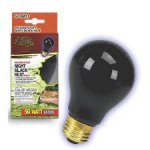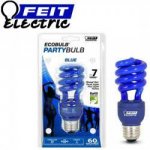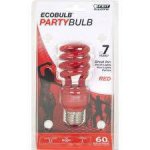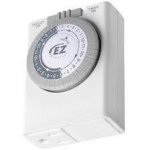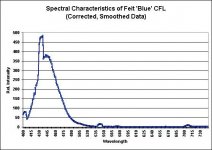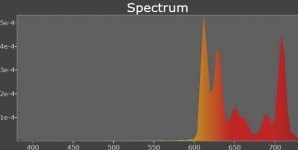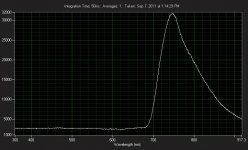Rosenthal obviously didn't know about cryptochromes when he wrote that. They are a relatively new discovery.
You blew off the work done by Sativa Dragon and Verdant Green.
I just spent some time searching and had little luck finding articles in nontechnical language.
Here's a title from a New Scientist article. I don't have a subscription to access it;
By Rebecca Cheung
Web edition: May 25, 2012
Here's one critical sentence from another article;
http://www.plantphysiol.org/content/133/4/1429.full
I'm going to bed now.
You blew off the work done by Sativa Dragon and Verdant Green.
I just spent some time searching and had little luck finding articles in nontechnical language.
Here's a title from a New Scientist article. I don't have a subscription to access it;
Blue light tells plants when to flower
Protein that marks day length also coordinates blooming genes
By Rebecca Cheung
Web edition: May 25, 2012
Here's one critical sentence from another article;
http://thenode.biologists.com/got-the-blues-how-plants-respond-to-blue-light/research/In summary: the blue-light/CRY1 pathway doesn’t directly switch genes on. instead, it switches off the default dark condition mechanism.
The cry family of blue light receptors regulates various aspects of plant development, most notably seedling de-etiolation—the transition from a pale nonautotrophic seedling to a green photosynthetically competent one, entrainment of the circadian clock, and day length-sensitive timing of flowering (Lin and Shalitin, 2003).
http://www.plantphysiol.org/content/133/4/1429.full
I'm going to bed now.
Last edited:

